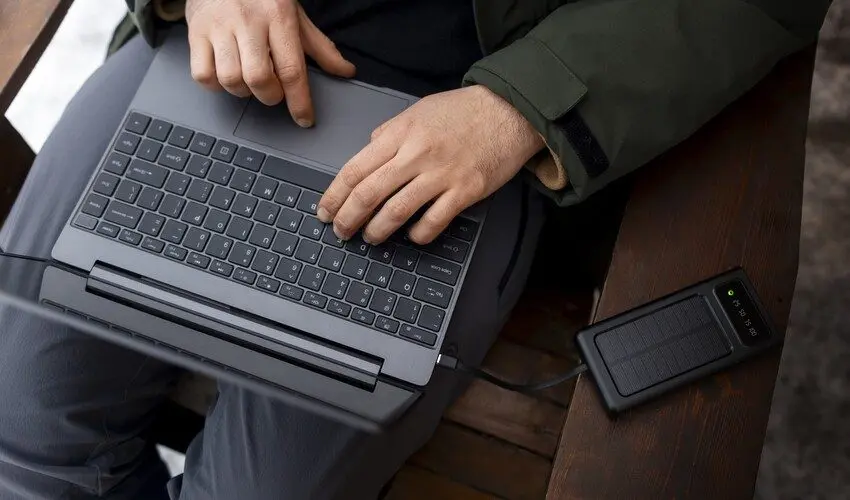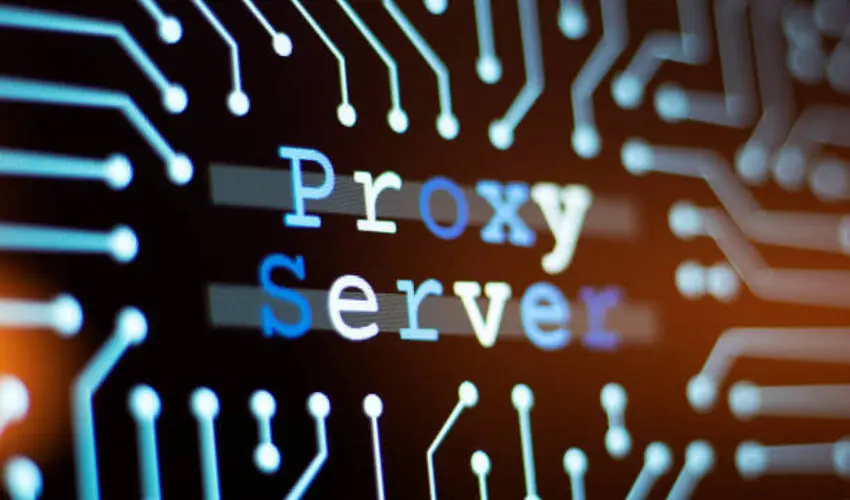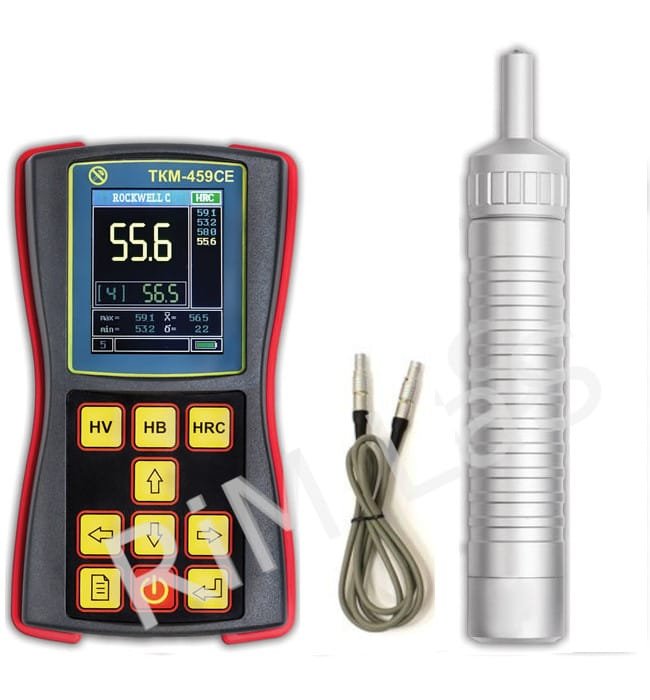Typography is crucial in drawing attention to the audience in an increasingly creative design world. Kinetic fonts are becoming increasingly common due to the increasing popularity of digital media and interactive experiences. Kinetic font moves, changes, and animate, adding an extra layer of dynamism to the text. We’ll look at the future of Kinetic fonts, which will look at recent innovations and trends for typography and motion design.
About Kinetic font
Kinetic fonts are dynamic typefaces that incorporate motion and animation. Designers can make visually attractive and exciting text by animating letters, words, or sentences. Kinesthetic fonts are often used in video editing, motion graphics, web development, and interactive installations. They can bring the text to life and turn it into a more engaging and memorable presentation.
The evolution of the kinetic font
Kinetic fonts have evolved from plain animations into complex motion designs in the past few years. Thanks to the advancement of technology and software, designers now have more tools and techniques to create stunning kinetic typography. Kinetic fonts have come a long way in terms of visual appeal and creativity since they started with straightforward transitions into complex animations.
Innovations in Kinetic Font
3D typography is one of the most recent developments in kinetic font design. Designers can create Immersive and Realistic animations by combining depth and dimension into the text. 3D kinetic fonts add a sense of realism and sophistication to the text, making it stand out in this crowded digital space. Interactive typography, where users can interact with the text by gesture or mouse movement, is an additional innovation.
Latest Trends in Kinetic Font
Several trends have emerged in Kinetic fonts as we prepare for the future.
1. Responsive typography
The use of responsive typography, where the text adapts and changes in response to screen size and resolution, is one trend. This ensures that the text on each device is readable and visually attractive. Another trend is incorporating sound within kinetic typography to add audio to the viewer’s experience. Designers can create a multisensory experience for the audience by integrating text with sound effects or music.
We’re shifting towards more dynamic and fluid animations focusing on smooth transitions and seamless movement in motion design. To create a visually stimulating experience for viewers, this trend incorporates a combination of 2D and 3D elements. In addition, using bold colours, geometric shapes, and abstract patterns is a popular choice for creating striking motion designs.
2. Augmented Reality (AR) Integration
Kinetic typography in AR applications can provide immersive experiences, such as virtual guides or interactive learning environments where text floats in the air and guides the user through tasks.
3. Environmental Awareness
Text that interacts with real-world elements in video productions enhances the integration of CGI and live action.
4. Expressive Fonts
More expressive forms of kinetic typography that use motion to mimic human emotions further bridge the gap between textual information and emotional impact.
In general, the boundaries of creativity and innovation are being pushed to the breaking point in typography and motion design. Designers can create compelling, distinctive content in a crowded market through strong fonts, innovative styles, interactive animations, and eye-striking imagery. To raise your design work to a higher level, stay ahead of the curve by adopting these trends and experimenting with new techniques.
The Impact of Kinetic Fonts on Social Media
Using kinetic fonts on social media can significantly impact brand visibility, engagement, and audience perception. Here are some key ways in which kinetic fonts can influence social media:
1. Enhanced Visual Appeal
Kinetic fonts add a dynamic element to social media posts, making them more visually appealing and attention-grabbing. This can help brands stand out in crowded feeds and capture the interest of their target audience.
2. Increased Engagement
Dynamic typography can encourage users to interact with content by drawing their attention and inviting them to explore further. This can lead to higher engagement rates and increased likes, shares, and comments on social media posts.
3. Brand Differentiation
Using kinetic fonts in their social media content, brands can differentiate themselves from competitors and establish a unique identity. This can help them attract new followers and build a loyal community of supporters.
4. Improved Message Delivery
Kinetic fonts can help convey messages more effectively by adding emphasis, emotion, and creativity to text. This can make content more memorable and impactful, leading to better communication with the target audience.
What’s the Kinetic font doing to the game?
Kinetic fonts are becoming increasingly sought by brands looking to stand out in a crowded market due to the increased use of Social Media and Digital Marketing Campaigns. They provide a fresh and modern way of communicating messages, making them more memorable and engaging. Kinetic fonts arerevolutionizing how we think about typography, from animated logos to interactive website text.
What are the current statistics saying about this?
Recent studies have shown a substantial increase in engagement and interaction on websites and social media pages that use Kinetic fonts. Users are more likely to spend time on a website that uses dynamic typography, leading to higher conversion rates and brand loyalty. Indeed, 40% more sales have been achieved by businesses that use Kinetic Fonts to promote their products.
The upcoming kinetic font
There are exciting and limitless possibilities in the future of kinetic fonts. Thanks to continued advances in technology and design tools, designers will have even more creative freedom to push the boundaries of kinetic typography. The future of Kinetic fonts is unlimited, from AI-generated animations to hologram text. Kinetic fonts will be vital in shaping how we interact with text on digital platforms as technology evolves.
Finally, how we perceive and deal with text has changed due to kinetic fonts. Thanks to the latest innovations and trends in typography, designers have the tools and creativity to create visually stunning and engaging kinetic typography and motion design. The future of kinetic fonts is bright, and we can’t wait to see where this dynamic and vibrant form of design will take us next.













dramago.live
This piece of advice is pure gold! Your wisdom on navigating life’s challenges is both comforting and empowering. Grateful for your insights.